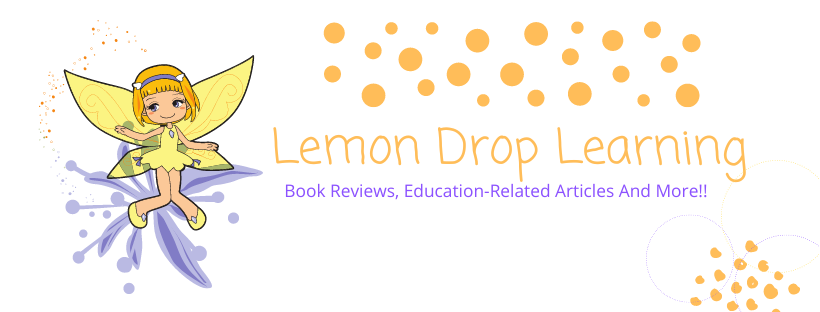 |
| Photo by Tumisu via Pixabay |
So, you’re
on a quest, excellent! Many fine stories open with the virtuous protagonist
embarking on a noble journey that is assured to shape their life forever.
As any keen
reader will corroborate, whether you’re a knight in pursuit of the Holy Grail
or a parent on the lookout for a memorable children’s tale, it’s the lessons
learned along the way that leave an everlasting impact; they help mold our
opinions about people and the world in which we live.
If you’re
here, you’ve been tasked with unearthing the ultimate bedtime story, the
read-aloud of the century, or more simply, you just wish to find the perfect
book to read to your kids.
Like any
worthy champion—I mean parent, you’ve scouted the local library, the
neighborhood bookshop and, of course perused Amazon.
After all this
seek-and-maybe-I’ll-find-it, you’re still not certain what qualities make up an
exceptional children’s picture book.
Depending on
which expert you consult, the list could be long and varied. In this article,
we will concentrate on four key elements.
As a mother, Early Childhood Teacher,
children’s author, and picture book reviewer, I will share with you my
criteria.
In my modest
opinion, there are four elements every picture book must have: relatable and lovable
characters, a solid and consistent plot, playful and enriching language, and
appealing illustrations that match the text.
As I define each element, I’ll include the definitions I taught to my students, this way you’ll have the child-friendly explanations to use for your children.
One
First, let’s
explore characters. Characters are the people and animals in the story. The
main character is who the story is mostly about.
Characters
should be genuine, relatable and elicit emotion. They need to make children
laugh, empathize, and learn something new without being too preachy about it.
A few wonderful examples of well developed characters in children’s literature are No, David! By David Shannon, Chrysanthemum by Kevin Henkes, and The Giving Tree by Shel Silverstein.
Through many
examples, the characters in each of these books exhibit the wide array of
emotions and predicaments children find themselves in with insight on how to
solve a problem or learn from a mistake.
Two
Next, let’s
move onto plot. The plot is what happens at the beginning, middle and end of a
story.
The three books we reviewed above have complete plot lines that show
each character’s growth throughout the story.
As with all
story elements, discuss with children a story’s plot to emphasize the concept
and help them comprehend its meaning.
 |
| Photo by 990609 via Pixabay |
Three
Alrighty
then, let’s talk about the language in a story. Children’s authors have up to
32 pages to fit an entire story, so each word must count.
Young
children love to learn language through finger plays, nursery rhymes, action
songs and stories. Children who are read to consistently have a broader
vocabulary and gain foundational skills like phonemic awareness (the ability to
identify and manipulate the smallest sounds in words).
A youngster
is exposed to phonemic awareness through rhyme and repetition. Dr. Seuss’ use
of rhyme and alliteration in his books accomplishes these literary devices
masterfully.
Eric Carle’s
charming books also introduce the concept of repetition through repetitive text
(words or phrases that are repeated and predictable).
Two of my favorites are The
Very Hungry Caterpillar and The Very Busy Spider. Brown
Bear, Brown Bear by Bill Martin, Jr. and Eric Carle is another perfect
example.
 |
| Photo by wixin_56K via Pixabay |
Four
Last but not
least, we come to the pictures in a story. You can’t have a picture book without
pictures, am I right?
Picture
books make the adage, “A picture is worth a thousand words,” so immediate and
relevant.
One-way children learn to read is by “reading” the pictures in the
book. Often, the illustrations provide clues and additional information the
words alone could not achieve.
The author
writes the words in the story and the illustrator draws the pictures.
For these
two separate people to create a single comprehensive story the words and
pictures must match.
If the words state, the character is eating a cookie there
better not be a lollipop in his hand.
 |
| Photo by Kidaha via Pixabay |
The End
And there
you have it!
So go on,
you fearless paladin of parents, you lover of literacy, get out there and find
the finest children’s picture books ever!
Just in case
you require a starting point, here are a few links to books I’ve reviewed.



No comments:
Post a Comment